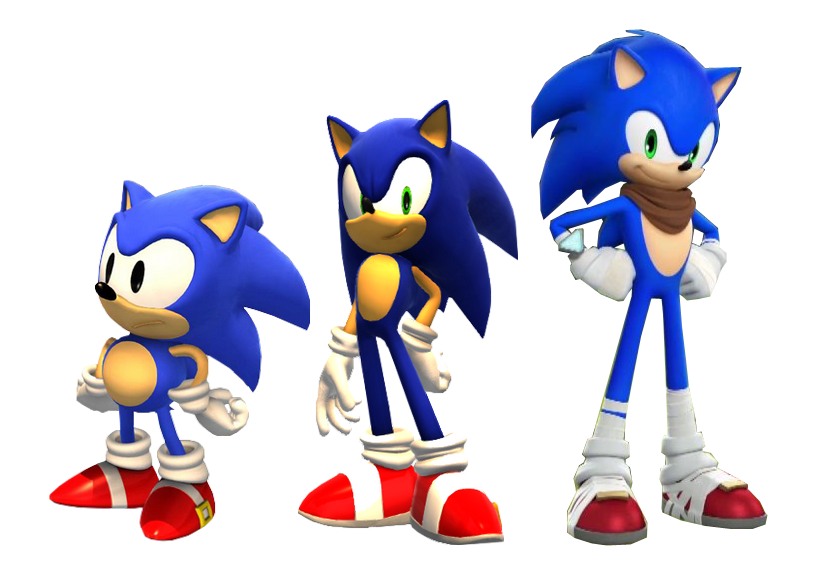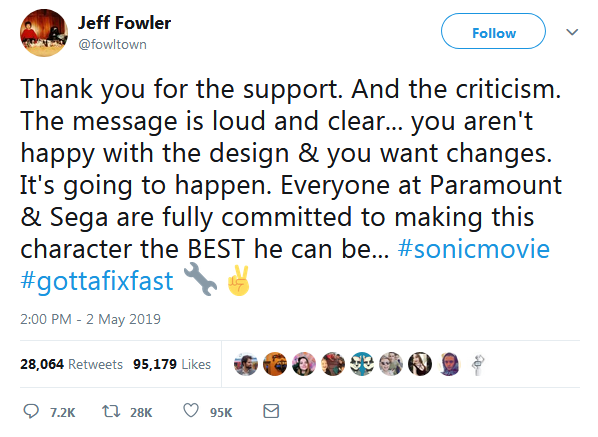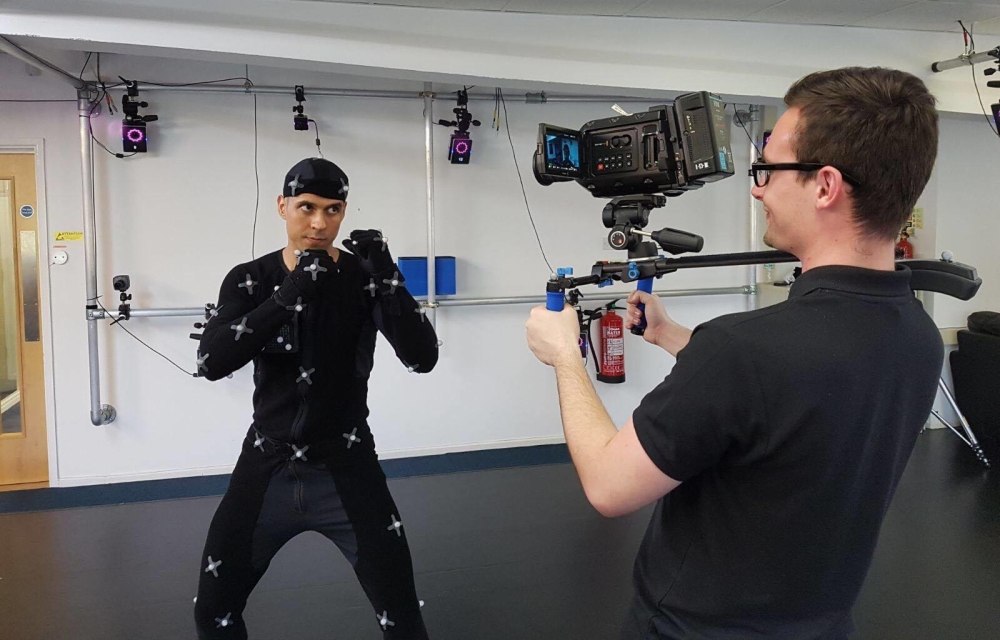CG and VFX industry news
Blender 3.0 Removes OpenCL as Cycles GPU Rendering API
Sad news for the open-source and open-standards community coming from the Blender team:
OpenCL rendering support was removed. The combination of the limited Cycles kernel implementation, driver bugs, and stalled OpenCL standard has made maintenance too difficult. We are working with hardware vendors to bring back GPU rendering support on AMD and Intel GPUs, using others APIs.
At the same time CUDA implementation saw noticeable improvements in large part thanks to the better utulization of NVIDIA's own OptiX library:
- Rendering of hair as 3D curves (instead of ribbons) is significantly faster, by using the native OptiX curve support
- OptiX kernel compilation time was significantly reduced.
- Baking now supports hardware ray-tracing with OptiX.
So NVIDIA wins... TWICE:
GPU kernels and scheduling have been rewritten for better performance, with rendering often between 2-7x faster in real-world scenes.
Why Am I Not Celebrating This?
All of this once again displays the real world difficulties of developing, maintaining and promoting open-source alternatives to commercial Software designed by the manufacturer to utilize the hardware capabilities of their products to the max.
And the end result? We're falling deeper and deeper into the vendor lock trap and as the vendors keep turning their proprietary hardware-interfacing Software and APIs into state-of-art ready-to-use solutions, those which are developed in a "democratic" environment keep tripping over their shoelaces failing to get any traction on the market they set out to provide the alternative on.
This makes me grateful that there do exist open-source APIs that work, like OpenGL and Vulcan. But... Why are we still in a situation where Vulcan, "the next generation graphics and compute API" is still incapable of providing even the same level of functionality as the dreaded OpenCL so that it could finally offer a real alternative to commercial compute APIs? Why didn't Blender team even mention Vulcan as something they would look into as an alternative to OpenCL?
A million dollar question...
The Amazing Sprite Fright by Blender Studio. Also Blender 3.0
It finally happened!
A NON-mediocre (in fact — absolutely amazing) 3DCG short film from Blender Studio!
Watch it NOW!
Excellent work, guys! Everything: the presentation, the comedic timing, the plot twist, the acting — just perfect! It's especially noticeable when compared to the Studio's previous works which... Let's be honest: they weren't great. Not that they needed to be much more than a collection of assets mashed together in the form of a more or less coherent story, but this one is on another level.
The film was made with Blender 3.0. Blender development coordinator Dalai Felinto says that the new release schedule for the stable release of Blender 3.0 is set for December, 2021. Can't wait!
Blender Cycles + NVIDIA RTX = An Artist's Dream
Watch this:
Wow.
Now imagine yourself in the shoes of Autodesk management. You have hundreds of thousands of people who want to enter the 3DCG industry. You tell your shareholders: "Hey, let's take away professional and entry-level perpetual Software licenses and give our customers subscription as the only option. Yeah, subscriptions. The worst possible thing for a freelancer. What a great idea! It will sure stand the test of time!"
Now tell me: after a myriad of amazing Blender updates, more and more companies becoming sponsors of the Blender foundation, and now NVIDIA with their RTX + AI denoiser integrated into the Software this well...
Tell me how many more potential Autodesk clients will turn to Blender to never look back?
Don't ask me why my mind immediately went to Autodesk of all things... Probably because I will never forgive them for killing off Softimage and afterwards going subscription-only route.
Ahem, excuse me. Anyway...
Well done, Blender and NVIDIA!
The Genius of Sonic the Hedgehog Live-Action Movie Viral Marketing Campaign — Popularity by Bad Publicity

First and foremost: I'm not a big Sonic fan. All I know about Sonic is that there were "two and a half" incarnations on the character in the games:
- 2D. For example in my all-time favorites on Genesis: Sonic the Hedgehog 2 and 3.

- "Classsic" 3D Sonic.

- "Rad" 3D Sonic. One they've been using for the last... 5+ years, I believe.

Compare the three of the well-known designs:

I'm sure this is not news to you. Just like the fact that we now have this one from the April's Sonic the Hedgehog movie trailer:

...you can imagine how the internet reacted to this.
Not. Well.
For the past week the web has been boiling with hate, discussions and alternate design propositions coming from every which way. People obviously care about the "Genuine" Sonic the Hedgehog character enough to get enraged over Hollywood butchering the design.

But... Did they really intend to release this?
You see, Sonic the Hedgehog may be a popular franchise, but it is nothing compared to Pokémon or Mario for example. SEGA's mascot was a hit back when SEGA was: in the 90's and mid 2000's. Nowadays not many people (myself included) actually care about new games starring the familiar cast.
Movie-making is business. You make a movie to cash in. Throughout the history game-related films never really made any large splashes in the box office, so you need the whole internet to find out about your movie. How can you do that?
By deliberately pissing off the fans and publicly announcing to change the design!

How can you tell? Simple. Just take a look at Sonic as he was portrayed in the original trailer which has been viewed over 22 million times already, but was ultimately removed from YouTube as soon as the new Sonic design was announced. But I was still able to grab a juicy screenshot:

It's obvious not much work went into the "bad" Sonic's appearance in the movie: animation is wonky, in several areas he looks as if lazily "photoshopped" in.
At the same time one can tell they tried to hit as many bases as they could to contrast the design with the original as obviously and blatantly as possible:
- hands instead of gloves
- "Nike"-looking shoes instead of signature boots
- blue-haired arms instead of flesh/white-colored ones
- small, non-bridged eyes instead of well-recognized ones
- human teeth (oh my...)
- human-like proportions hitting every checkmark in the "uncanny valley" book.
...and so on. You can't make something like this by accident and have it survive though all stages of expensive pre- and post-production!
So, naturally, people started a real shit-storm on the web and no one really believed that Paramount would listen.
But what's this, Jeff Fowler?

Wow! The Director of the movie replied AND listened to us! He's cool! The movie is now cool! I can't wait to tell my friends about this!
The tweet immediately got some serious traction as you can see from the screenshot (taken on May 3rd).
This, coupled with the fact that hundreds of thousands of people who never cared or even knew about the movie are now well aware of its existence, makes for some kick-ass viral marketing campaign.
Now, certainly I'm not alone thinking that everything that happened was a calculated move.
Still. This is one risky, but effective and efficient PR move. Paramount Marketing team, I tip my fedora to you. Great job!

NVIDIA Volta + Microsoft DX12 = Real-time ray-tracing. Finally?
Whenever I hear the term "real-time ray-tracing", I immediately think of some of the earlier RTRT experiments done by Ray Tracey and OTOY Brigade. You know, those impressive, yet noisy and not quite real-time demos with mirror-only reflections and lots a lots of convolving noisy rendered frames.
Like this one:
I wouldn't dream of seeing something actually ray-traced in real-time at 30fps without any noise in the upcoming 5-10 years. Little did I know, NVIDIA and Microsoft had the same idea and put their best minds to the task.
Results? Well...
Delivered 100%.
This demo, developed by EA (believe it or not) is running on NVIDIA's newest lineup of VOLTA GPUs, which means that VOLTA is also on the way! Yay! NVIDIA RTX tech sure looks promising.
Can you imagine what will happen to offline CUDA ray-tracers following this announcement? Hopefully their devs will be able to make this amazing tech a part of the rendering pipeline ASAP. Otherwise, C'est la vie: you've been REKT by a real-time ray-tracing solution.
Just kidding. We gotta test this thing out first and only then will be able to tell whether we've been led to believe in yet another fairy tale or that you need like 8 VOLTAS to run this demo which would be a let down.
Vicon's VR multiplayer escape room at GDC 2018 featuring Shōgun 1.2
This year at GDC Vicon will be demonstrating its new Shōgun 1.2 MoCap platform. At its core it's an optical MoCap solution (which is quite different from inertial ones like Perception Neuron and is commonly used in professional production).
![]()
Vicon's Shogun and Shōgun Live are well known MoCap solutions used by Hollywood filmmakers and AAA-game devs worldwide.
This time the company comes to GDC with a treat: they will be coupling Shōgun with VR headsets to immerse GDC visitors into interactive virtual worlds in what they are calling a "VR multiplayer escape room".
What's even cooler is as far as I can tell, all MoCap data will be directly streamed into Unreal Engine 4. I believe this will make the engine even more popular among game devs, especially those interested in VR applications (sorry, Unity).

Anyway, if this is something you might be interested in, you can read more about the event at Vicon's official website.
